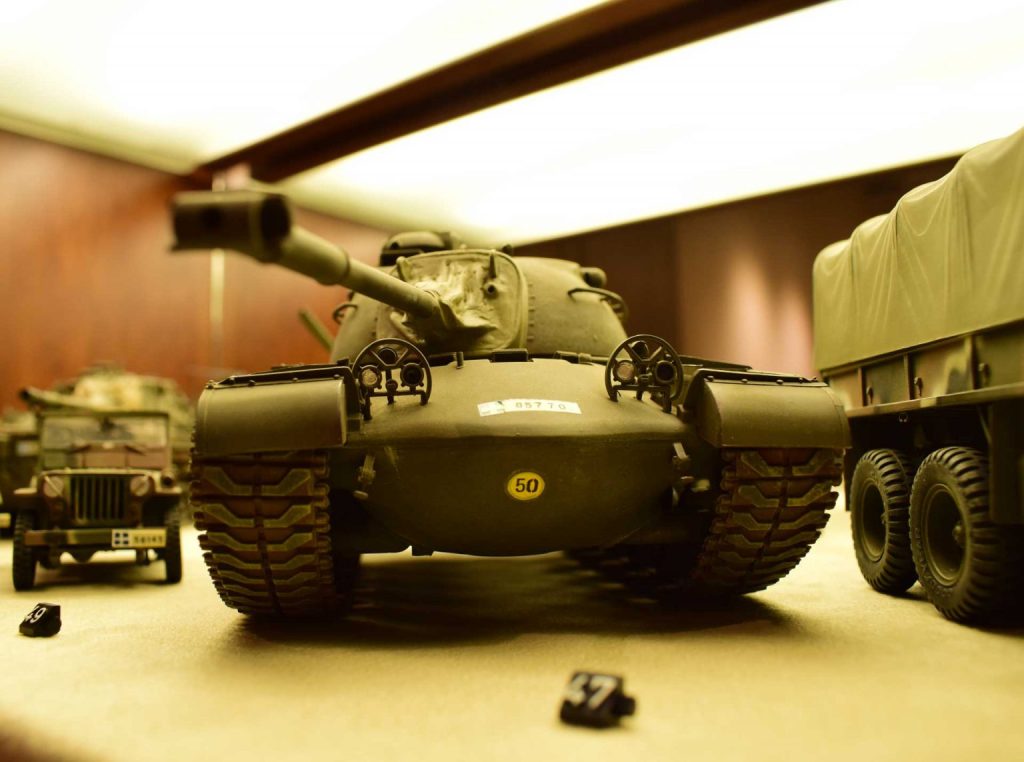The end of the armed Macedonian Struggle
Permanent Exhibition
The Balkan Wars lead to the union of Macedonia with Greece
In July of 1908, the Young Turk Revolution took place. It was a military movement aimed at rescuing the Ottoman Empire from impending partition through the implementation of the Constitution and administrative modernization. The Young Turks, who were initially enemies of the Sultan’s autocratic powers, formed the political organisation “Committee of Union and Progress”, promising equality for all subjects of the Empire. In this context, after their victory, they achieved the surrender and formal amnesty of all Greek and Bulgarian guerilla corps. However, the harsh nationalistic character of the new regime strengthened its relations with the Balkan states, prompting the start of the Balkan Wars.
In the autumn of 1912, Greece, Serbia, Bulgaria and Montenegro collaborated and successively declared war on the Ottoman Empire. The Greek army, with the assistance of the Macedonian freedom fighters (Makedonomachoi), soon advanced inland into Macedonia and liberated Thessaloniki (26 October 1912). At the same time, the islands of the Eastern Aegean and Epirus were liberated. Before the hostilities died down, frictions broke out between the Balkan allies, culminating in the surprise attack by the Bulgarians against the Serbs and the Greeks in mid-June 1913. The Greek army counterattacked immediately and liberated Eastern Macedonia through fierce battles. Each village became a field of violent confrontations, either between the regular or irregular units. In the meantime, Serbs, Turks and Romanians also advanced unchallenged on Bulgarian territory.
The Second Balkan War ended with the Treaty of Bucharest (1913), which ratified Greek sovereignty over most of the Macedonian territories, more or less corresponding to the actual historical site of ancient Macedonia.
Greece, having already secured Crete, Southern Epirus and the islands of the North Aegean, had almost doubled its size and population. However, its troubles were not over yet.
After the Macedonian Struggle
Permanent Exhibition
Dioramas
Permanent Exhibition
Greek Army Vehicles Collection
Permanent Exhibition




